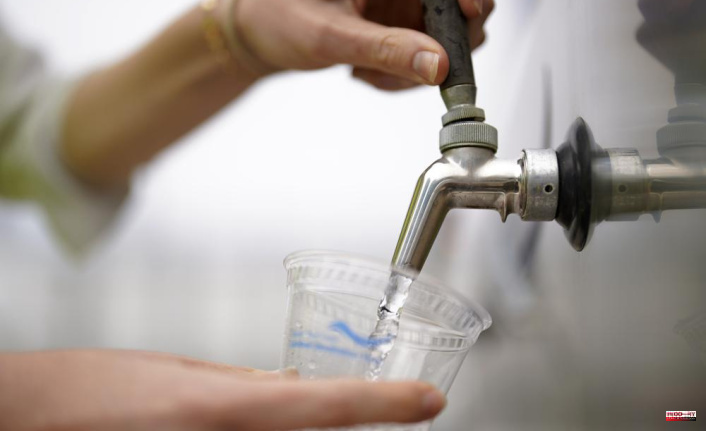California's drought is worsening and millions are forced to comply with water restrictions. One corner of Southern California has managed to protect itself from these supply-related problems: San Diego County.
The journey to get there is either a lesson or a guide for Western water planners.
San Diego County has diversified its water supply over the past 30 years, increased conservation, and invested in large-ticket infrastructure such as the largest Western hemisphere desalination plant. This plant removes salt from ocean water. The water agency, which serves 24 water utilities, including San Diego, claims it can avoid cuts up to 2045 even in dry periods. However, this security comes at a price.
San Diego County's water costs 26% more to wholesale in 2021 than that of the Metropolitan Water District, which supplies Los Angeles and the surrounding areas. Two rural water districts in San Diego County, home to large avocado businesses, are looking to separate from their regional water supplier. They claim they can find cheaper water elsewhere. San Diego County's water could become more expensive if they succeed.
Michael Hanemann, an Arizona State University environmental economist, said that San Diego's current situation is "very surprising, very striking." He was recently commissioned by a California agency to study the region’s water costs. "I believe this is a sign of what's to come elsewhere in California and elsewhere throughout the U.S."
WHY IS IT SO EXPENSIVE
San Diegans weren't always able to rest easily during droughts. A severe drought in the 1990s cut the region's water supply 30%. The Metropolitan Water District was the nation's largest water provider at the time. This experience, and a dysfunctional, tense relationship with Los Angeles water officials, California water experts said, led to San Diego County's decades-long, aggressive pursuit of water self sufficiency.
"At that moment, our community united and stated, "We're not going back to this situation again." Sandy Kerl, general manger of the San Diego County Water Authority, stated that we need to plan for our reliability.
In 2003, the water authority made a deal to obtain water from the largest Colorado River user, the Imperial Irrigation District in Southern California. San Diego County paid for repairs to Imperial's leaky canals and also signed a water transfer agreement. As part of the deal, 55% of its total water supply comes from Imperial today.
The water authority also assisted farmers in using less water. It built dams to increase the storage capacity of reservoirs. It offered rebates to homeowners who removed grass lawns in order to use water-efficient options.
San Diego County made a deal in 2012 to receive 10% of its water supply from Carlsbad Desalination Plant over the next 30 year. It produces 50 million gallons per day of water, enough to supply approximately 400,000 people. This is the most expensive water source in the region.
Hanemann stated that it is twice as costly as imported surface water. It's also very reliable because it isn't affected by drought or low flows in the rivers of Northern California and Colorado.
These efforts were successful, but demand continued to fall, even though half a million people moved to San Diego. The state's water supply was cut during drought. More efficient toilets, taps, showers, and taps, as well as rebates for tearing out grass, and the use recycled water, did their job -- reducing per-person water consumption. In 2020, San Diegans will use 30% less water than they did in 1990.
However, water officials didn't anticipate the drop in demand and overestimated the amount of water needed. Today, San Diego County claims it no longer needs water. This is a position some Westies might find admirable. They wouldn't be able to envy the water rates.
San Diego County raised rates by 4% each year, mainly because it sold less water. This was to pay fixed costs such as the San Vicente Dam Dam and desalination plants. These costs account for approximately 90% of annual agency expenses.







